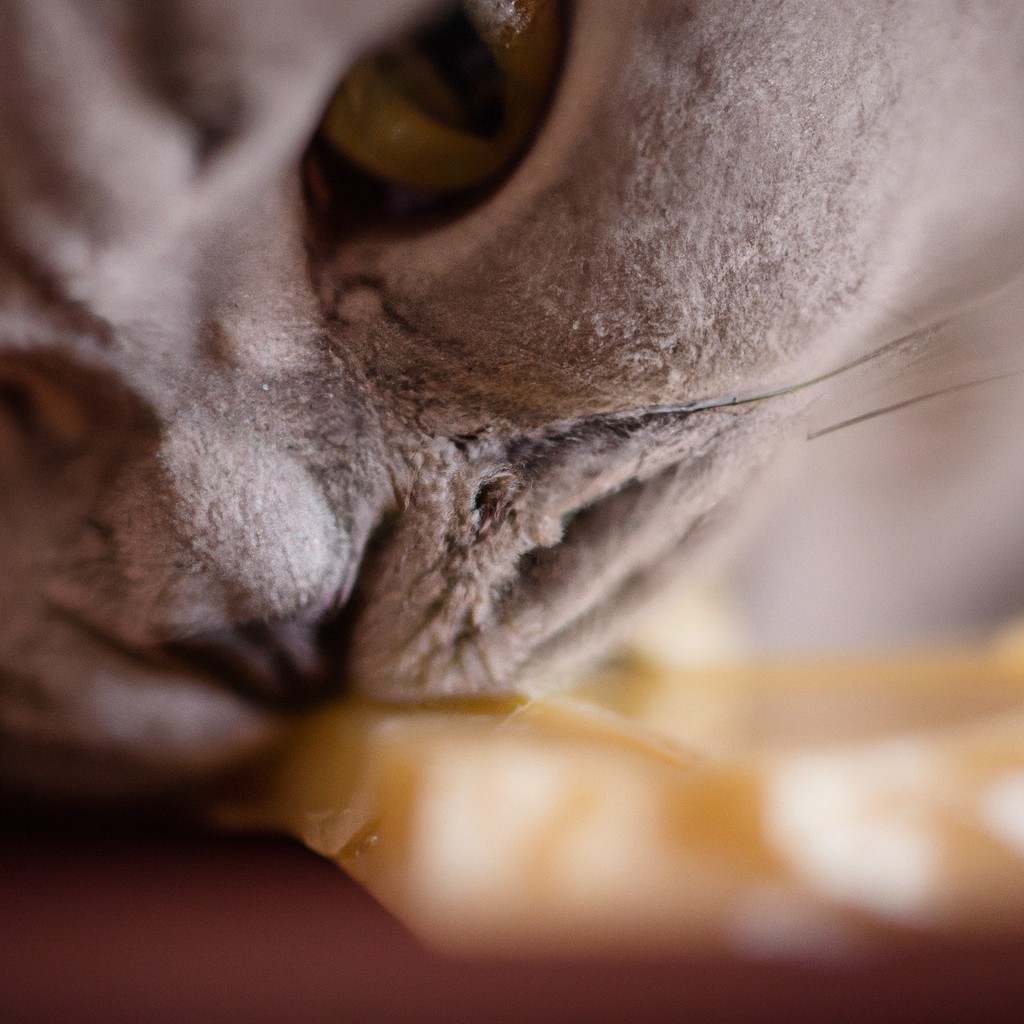Chocolate contains theobromine, which is toxic to cats; this article will explain the risks and the signs of chocolate poisoning in felines.
Key takeaways:
- Chocolate is toxic to cats due to theobromine and caffeine.
- Cats have a lower tolerance for theobromine and caffeine than humans.
- Even small amounts of chocolate can lead to toxicity in cats.
- Signs of chocolate poisoning in cats include restlessness, vomiting, and increased heart rate.
- If a cat ingests chocolate, immediate veterinary care is necessary.
Inside
Can Cats Eat Chocolate?

Cats lack the ability to metabolize theobromine and caffeine, the two stimulants found in chocolate. Unlike humans, felines have a much lower tolerance threshold for these substances. Even a small amount of chocolate can lead to toxicity. Due to their curious nature, cats may be tempted to taste chocolate, but it is crucial to prevent them from doing so. While they are less likely than dogs to seek it out, chocolate should never be made available to them. The higher the cocoa content, the more dangerous it is, making dark chocolate and unsweetened baking chocolate the most hazardous. Milk chocolate, while less potent, still poses a significant risk and should also be kept out of reach. White chocolate contains minimal amounts of theobromine, but it is still unhealthy for cats due to its fat and sugar content.
The Toxic Components in Chocolate for Cats
Chocolate contains theobromine and caffeine, both of which are harmful to cats. While humans can easily metabolize these compounds, cats process them much more slowly, allowing toxic levels to build up in their system.
Theobromine is the primary concern, as it is present in higher concentrations, especially in dark and unsweetened chocolate. Even small amounts can cause adverse reactions in felines. Caffeine, though lesser in quantity, amplifies the negative effects when combined with theobromine.
Due to their smaller body size, the threshold for toxicity in cats is much lower compared to humans. White chocolate has the least theobromine, but it still poses a risk due to its caffeine content and should also be avoided.
The severity of the toxicity depends on the type and amount of chocolate ingested and the size of the cat. It is crucial to keep all forms of chocolate, including cocoa powder and baking chocolate, out of reach of cats to prevent accidental ingestion.
Clinical Signs of Chocolate Poisoning in Cats
Cats that have ingested chocolate may exhibit various symptoms due to theobromine and caffeine, which are toxic to them. Early signs often include restlessness, excessive grooming, and unusual hyperactivity. As the toxicity progresses, more severe symptoms may develop such as vomiting, diarrhea, rapid breathing, and increased heart rate.
In some cases, cats can show signs of increased thirst and urination—both indicators of a stimulant effect on the body. As the situation escalates, a cat may experience tremors, seizures, and heart arrhythmias. These are serious symptoms and require immediate veterinary attention.
It is important to monitor cats closely for any abnormal behavior after accidental chocolate consumption. Even if a cat appears outwardly fine, internal effects could still be occurring, which is why veterinary consultation is critical.
Immediate Steps If a Cat Ingests Chocolate
If you suspect your cat has eaten chocolate, act quickly. Remove any remaining chocolate immediately to prevent further consumption. Note how much and what kind of chocolate was ingested as this information is crucial for the veterinarian.
Do not attempt to treat your cat at home or induce vomiting unless instructed by a professional. Contact your veterinarian or an emergency vet clinic right away, even if your cat seems fine. Time is of the essence to minimize the risk of chocolate poisoning.
While awaiting instructions or on your way to the vet, keep your cat calm and comfortable. Stress can exacerbate the symptoms of poisoning, so a soothing environment is beneficial. Ensure you have your veterinarian’s contact details readily available for any pet-related emergencies.
Treatment Options for Chocolate Ingestion in Cats
If a cat has ingested chocolate, prompt veterinary care is imperative. The veterinarian may induce vomiting if the chocolate was eaten recently. This helps to expel the toxin before it’s fully absorbed. Sometimes, activated charcoal is administered to prevent further absorption of theobromine into the bloodstream.
For more advanced cases, supportive treatments like intravenous fluids are given to help stabilize the cat and to aid the kidneys in flushing out toxins. Anti-arrhythmic medications may be necessary if heart rhythm disturbances occur.
Monitoring a cat’s vital signs is crucial, and they may need to stay at the vet’s office for observation. Recovery depends on the amount of chocolate ingested and the speed of treatment following ingestion. Always keep chocolate out of reach and be vigilant about your cat’s environment to prevent accidental ingestion.
Related
- How Much Chocolate Can Kill a Cat: Safe Limits & Toxicity Risks
- My Dog Ate Chocolate: What Every Pet Owner Should Do Next
- Is Chocolate Bad for Dogs: Understanding the Effects on Canine Health
- Dog Ate Chocolate: What to Do and How to Prevent It
- If a Dog Eats Chocolate, How Long Will It Take to Die? Understanding the Risks